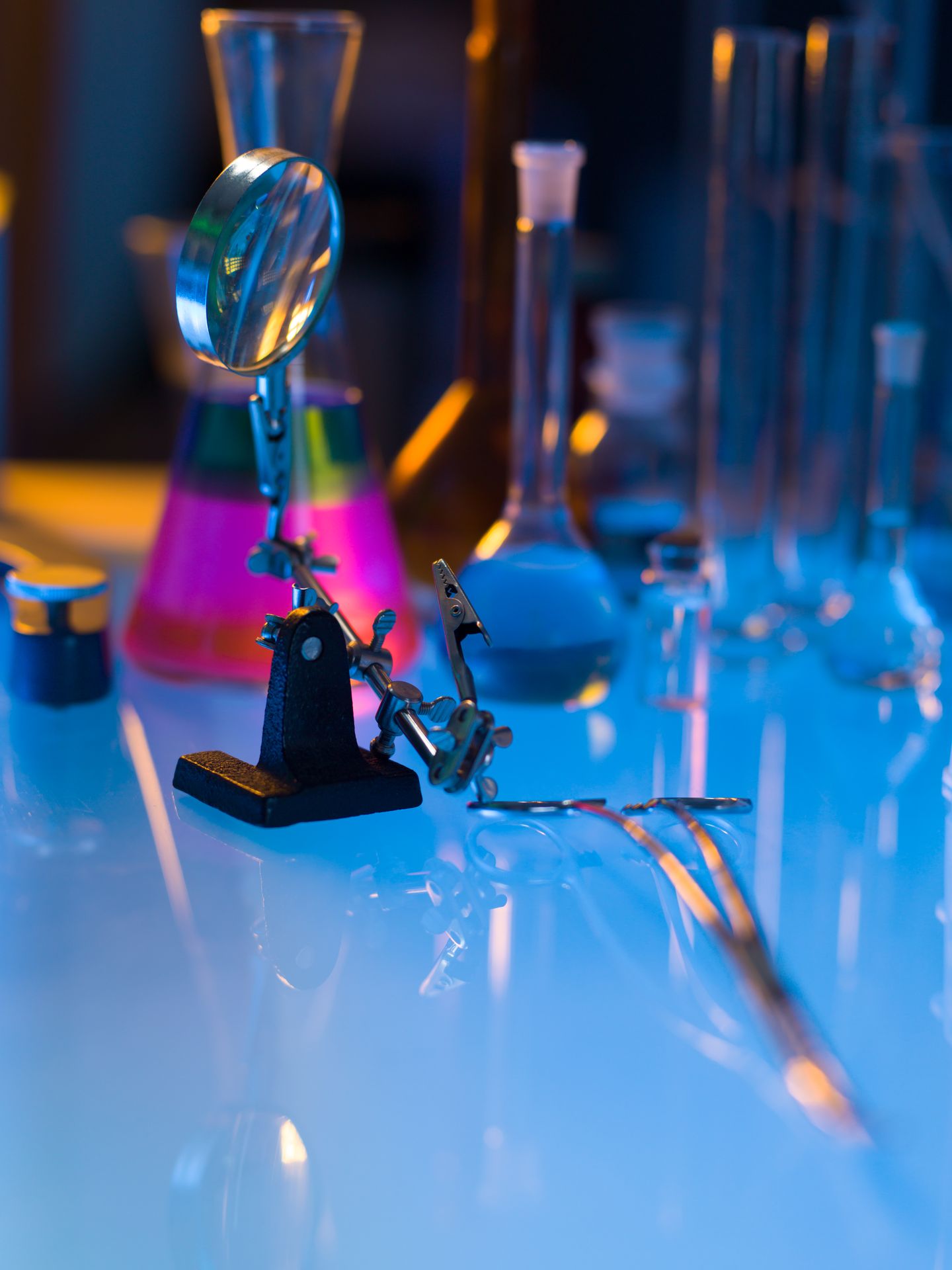
Biofilms Move Electrons Over Long Distances: Microbial Highways of Energy Transfer
Biofilms—dense communities of microorganisms—are now known to transfer electrons across surprisingly long distances, challenging previous assumptions about microbial energy flow. Through specialized conductive structures like pili or nanowires, certain bacteria within biofilms can form electrical networks that act like biological wires. These microbial electron transfer systems allow energy to move efficiently across layers of cells, enabling collective respiration and survival in oxygen-poor environments. This discovery has major implications for bioenergy, wastewater treatment, and bioremediation, as well as the development of microbial fuel cells. By harnessing the natural ability of biofilms to conduct electricity, scientists are exploring new frontiers in sustainable energy and synthetic biology.